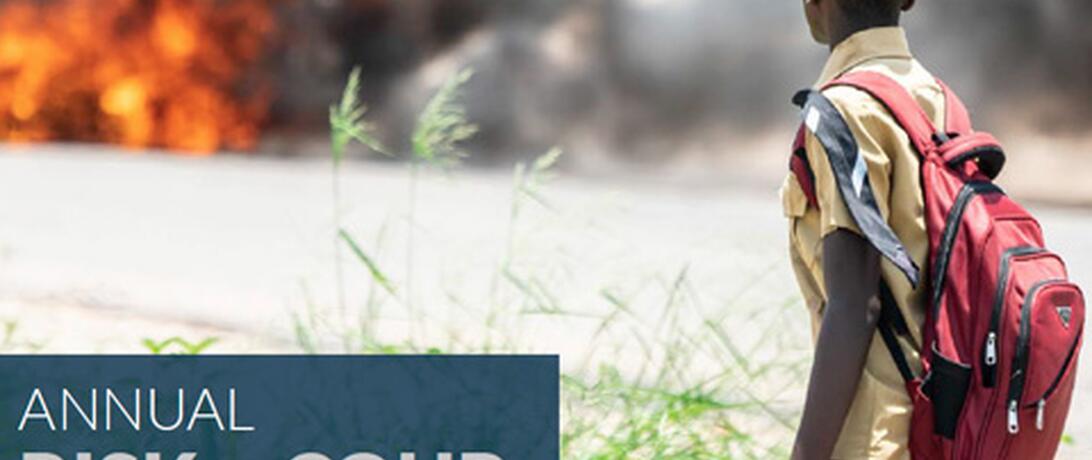
The goals of this first ever Annual Risk of Coup Report are two-fold. First, it provides an in-depth global and regional look at the likelihood of coup events for 2019 based on a combination of quantitative forecasting and qualitative analysis of specific coup-prone states.
Key Findings
Examining historical trends, it provides analyses on the risk of coup events and the geographic hotspots for the coming year. This information is further broken down regionally by examining Asia, the Americas, and Africa individually. These regions represent the most recent hotspots for coup events, thus warranting a closer look at the most coup prone countries for 2019 and the reasons why they are more likely to face a coup attempt.
Second, our forecast and analysis are not meant to supplant incredibly important regional and political expertise surrounding coups and political instability, but to add to it by using a different kind of tool-kit for forecasting future coup risk. Coups, and political instability broadly, are unique, and no single quantitative forecast will provide perfect information about the risk governments face going into the future. Knowing this, we can still utilize historical trends in coup events alongside social, environmental, political, and economic data to identify the conditions in which individual coup plotters will make decisions.
- Coup events (both attempts and successes) have declined considerably over the past two decades.
- Even though coup events have declined globally, Sub-Saharan Africa has experienced a disproportionate number of coup events in the post-2000 time period. Roughly 70 percent of all coup events since 2000 have taken place in this region.
- Greater democratization has changed the nature of coups. Less consolidated democracies face higher forecasted risks for a coup attempt, while elections were found to be triggers of coup risk.
- The global forecasted risk of at least one coup attempt in 2019 fell to nearly 80 percent, compared to more than 90 percent in 2018.
- Sub-Saharan Africa saw a decrease in the forecasted risk of at least one coup attempt in 2019 but remains comparatively high at roughly a 55 percent probability of at least one coup attempt.
- Burkina Faso, Guinea Bissau, Burundi, Mauritania, and Somalia are forecasted to be the top 5 most at risk countries for at least one coup attempt in 2019.
- Across Asia, the Americas, and Africa, a history of coups, infant mortality rate, GDP per capita, and length of democracy, time since last incumbent electoral loss, and population size were found to be the biggest drivers of coup risk.
- Qualitative assessment of at-risk countries within Asia, the Americas, and Africa found that each region contained diverse causes of political instability and unique drivers of coup-risk. Consequently, each region requires a tailored approach to mitigating coup risk for the most at-risk countries.
- Given the unexpected failed coup in Gabon on January 7th, 2019, quantitative forecasting alone may not capture the full extent to which countries may risk a coup. The analysis of three low-risk African countries highlights that expert knowledge is necessary to bridge the gap between macro-quantitative forecasting and the potential micro-dynamics driving coup risk.